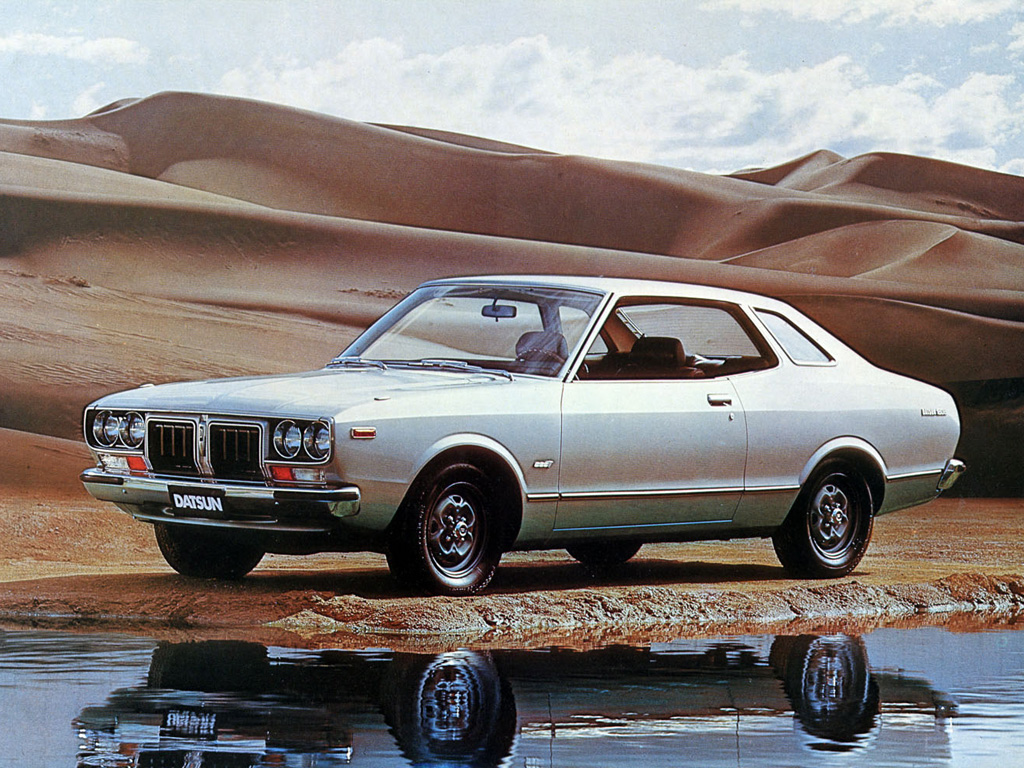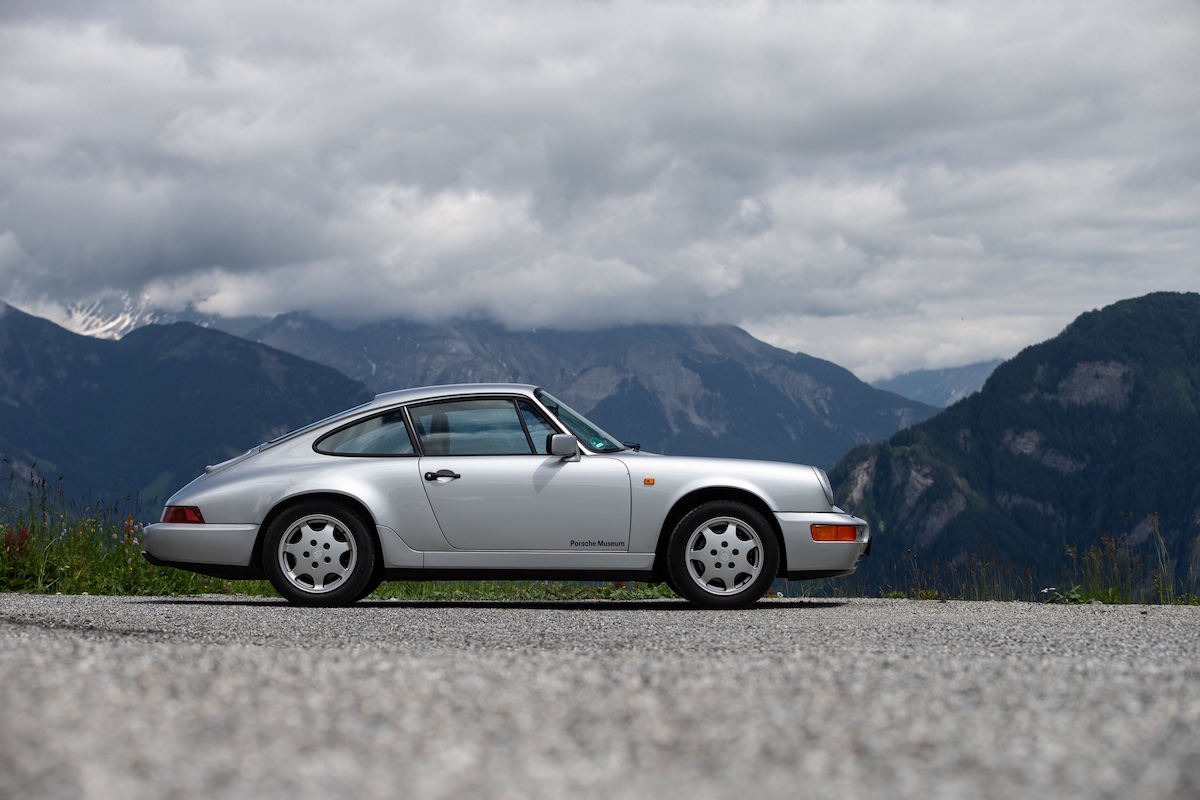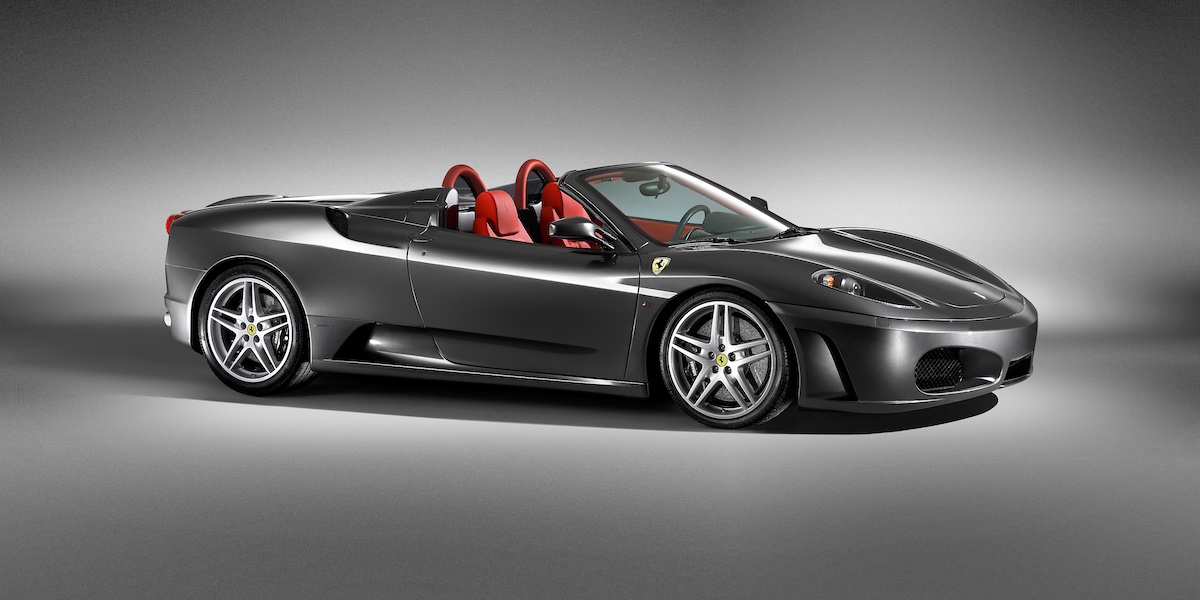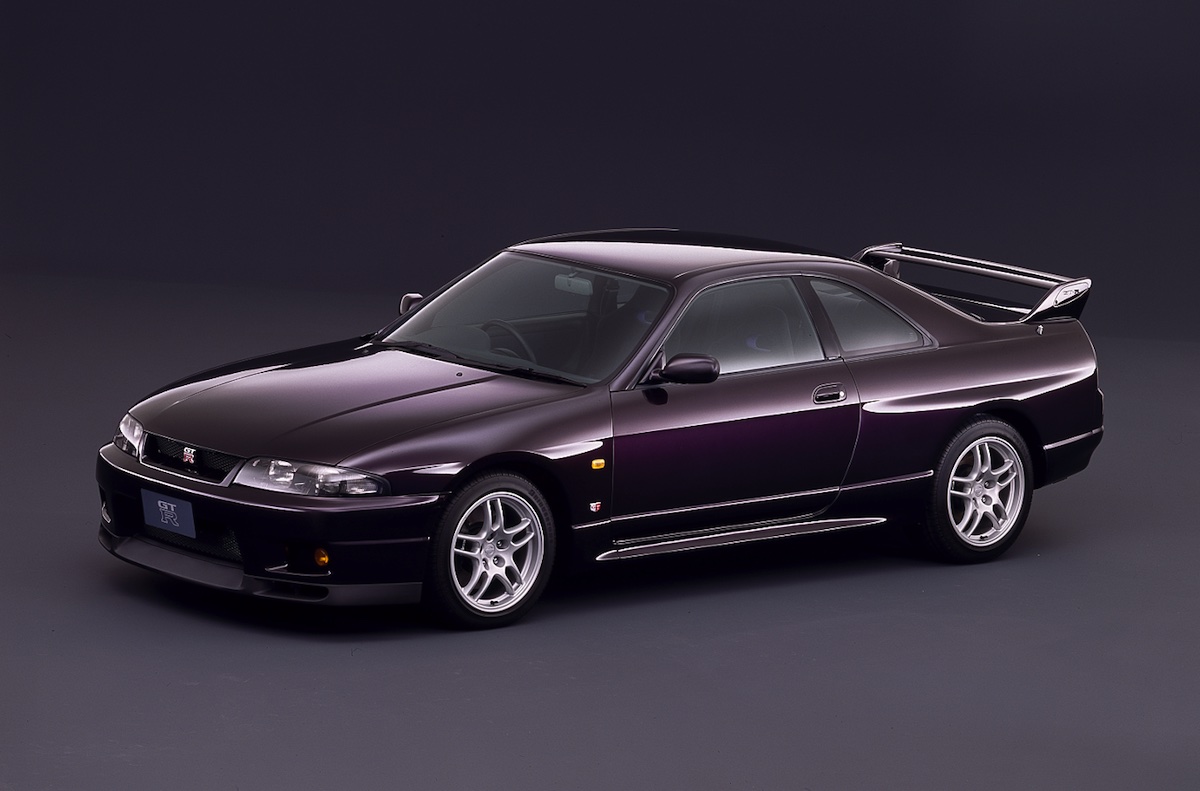By the time Nissan released its Datsun 180B to Australia in late 1972, the previous 1600 model had grabbed the medium-sized family car market by the throat.
The 1600 was basic in design yet delivered ingenuity and durability plus enough comfort to be viable as family transport. All that was left for the 180B to do was add style and some extra features that would make life even more miserable for brands trying to battle the rising Japanese industry.
The 180B (610 series) was offered as a sedan in two levels of trim, a station wagon, and a coupe with ‘SSS’ badging.
The engine was Datsun’s familiar overhead-cam four cylinder, albeit enlarged to 1.8-litres and with 10 percent more power than in the 1600. The 180B was heavier though and better equipped, with improved seats and greater attention to noise reduction.
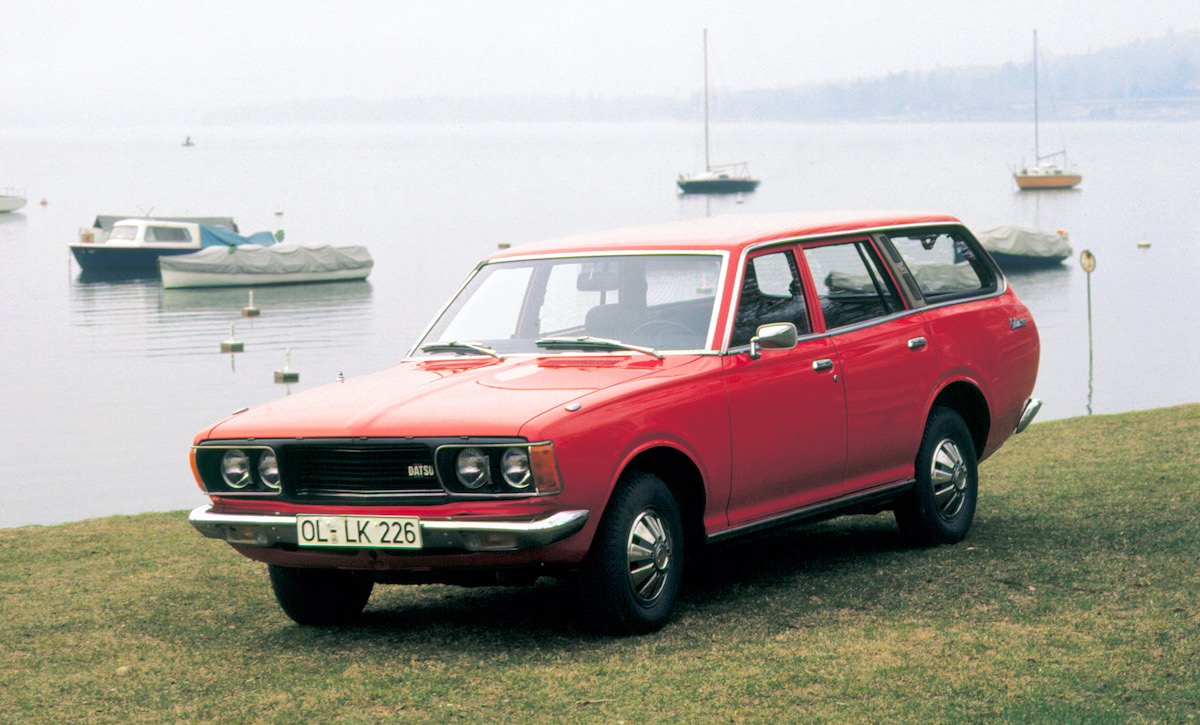
It survived until 1976 when replaced by the restyled 200B (810 series). These were also sold in sedan, wagon and coupe form, but Nissan had cut costs by replacing the independent rear suspension (IRS) in all versions with a conventional axle housing.
IRS had been a point of difference for Datsun since its appearance in the 1600 and media reviewers savaged the 200B for lowering the bar on the dynamic and engaging handling of its predecessor.
The 200B’s performance wasn’t great, either, despite the engine’s capacity increase to 2.0-litres, mainly thanks to the implementation of more stringent emission controls.
Limited-edition versions of the 200B would be introduced to help drive showroom traffic but market appetite remained subdued due to the engine’s lackluster 70kW output. While the distinctive blue 200SX did spark some interest, the Aspen versions in green didn’t impress buyers and survivors are rare.
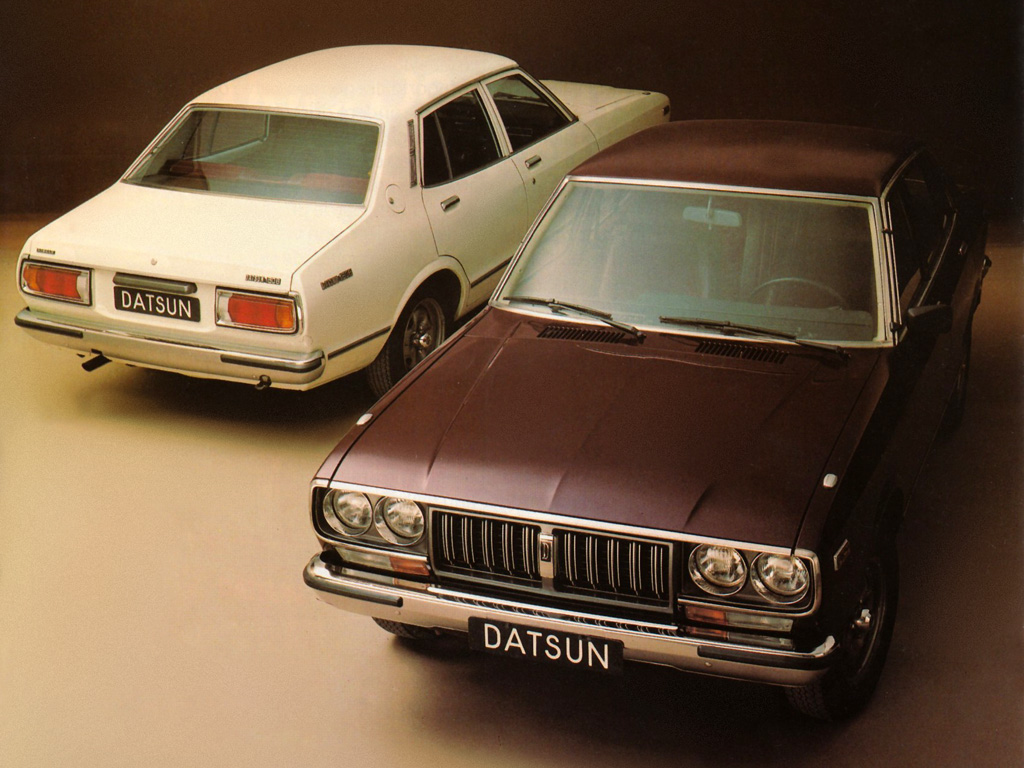
Mechanical parts for any of these cars remain available, along with the knowledge base to keep them running. These models won’t have been modified to the same extent as 1600s, so finding an excellent 180/200B in original form is still possible.
Rust was a problem for many 180/200Bs, however, and the reason many of them went to God, so a thorough inspection with the car up on a hoist is essential.
Finding these cars, and especially the wagon, is no longer easy, but they remain considerably cheaper than 1600s in similar condition and $20,000 should buy a very good sedan or wagon.
An SSS in excellent condition can today realise twice the price of a similar sedan. Some even continue to enjoy productive lives in historic rallying and these well-fettled cars may cost significantly more again.
Anyone buying with an eye to the future would be wise to consider a two-door car – 180B SSS or 200B SSS – in as close as possible to factory stock condition.

Things To Watch Out for When Buying a Used Datsun 180B-200B (1972-81)
- Body rust, especially under vinyl roof covering
- Doors not sealing due to deteriorating body rubbers
- Rattles from the front and top of the engine due to worn timing chains and camshaft
- Worn rear half shafts (180B) which have become scarce
- Excessive play due to steering box wear
- Dash cracks and worn seat coverings
Valuation Timeline: Datsun 180B-200B (1972-81)
-
1995$2,700
-
2005$3,500+29.63%
-
2010$3,800+8.57%
-
2014$6,500+71.05%
-
2020$10,000+53.85%
-
2025$18,500+85%180B Sedan

